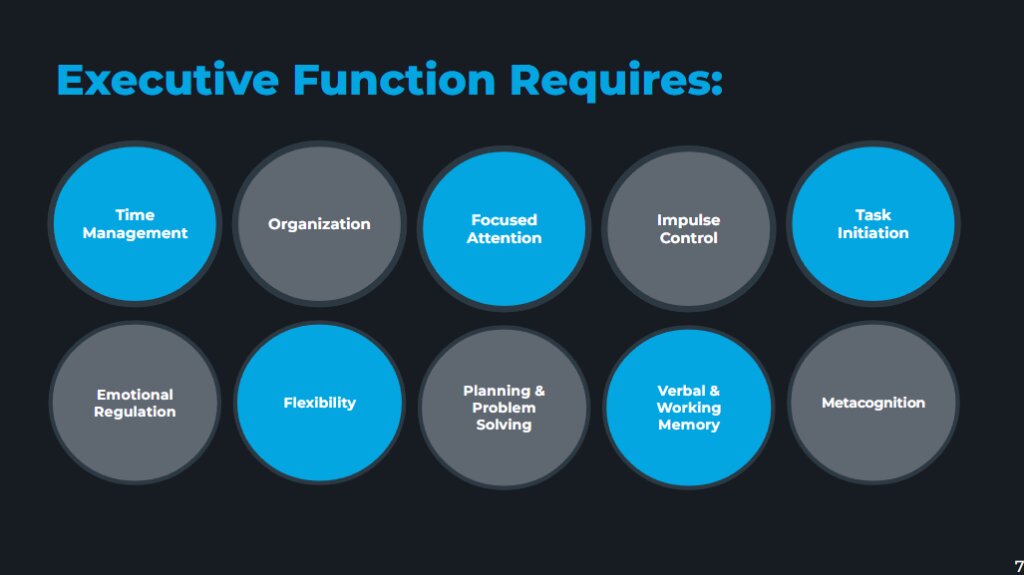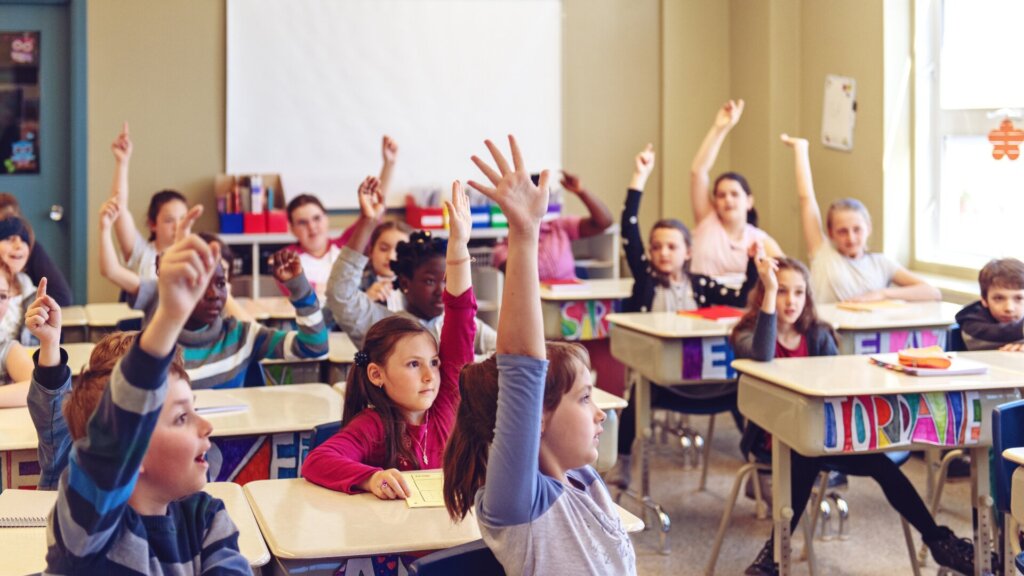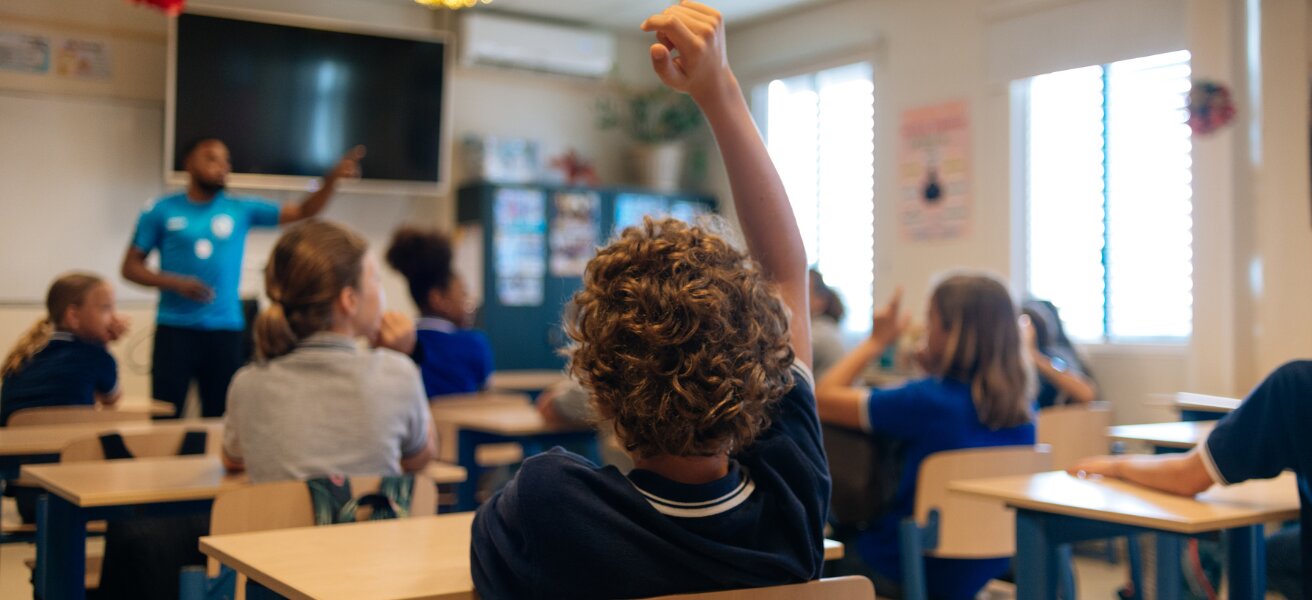If you’ve ever said,
“This student understands the material but just can’t get started,”
or
“She’s bright, but her work is all over the place,”
you’re describing executive function challenges.
Executive functions are the mental skills that make learning possible. They allow students to manage time, focus attention, plan tasks, remember instructions, regulate emotions, and adapt to change.
As a coach at Untapped Learning, I work with students in grades 6-12, and college students, who are struggling not because they lack intelligence, but because their executive function systems are still developing. Many of them are in classrooms led by incredible teachers who want to help but aren’t sure where to start.
This guide explores the list of executive functions most relevant to classroom success and how educators can support them through structure, modeling, and connection.

1. Time Management
In class, weak time management often looks like students rushing at the last minute or underestimating how long assignments will take.
Try this:
- Break longer tasks into visible time segments.
- Use countdown timers to keep students aware of progress.
- Narrate your own planning out loud: “We have 15 minutes left, so let’s focus on finishing this section.”
Helping students see time visually builds awareness and reduces anxiety around deadlines.
2. Organization
Disorganization can show up as lost materials, messy binders, or half-completed worksheets.
Support it by:
- Modeling your own organization system.
- Labeling spaces for supplies and assignments.
- Teaching routines for transitions (for example, “Before you line up, check your desk and folder”).
Structure reduces cognitive load and makes space for learning.
3. Focused Attention
Attention is a limited resource, and classrooms are full of competing stimuli.
Strategies that work:
- Relate lessons to students’ interests whenever possible.
- Build in attention cues: “Eyes on the board in three, two, one.”
- Use varied modalities—discussion, visuals, and movement—to engage different learning styles.
Students are more likely to sustain focus when instruction feels interactive and relevant.
4. Impulse Control
Impulse control helps students resist the urge to call out or abandon tasks mid-way.

In practice:
- Set clear expectations and refer to them calmly and consistently.
- Offer predictable routines so students know what’s coming next.
- Reinforce small successes (“I noticed you waited your turn before speaking. That helped everyone focus”).
Predictability builds safety, which supports self-control.
5. Task Initiation
Many students who appear “lazy” or “unmotivated” are actually overwhelmed by unclear starting points.
In the classroom:
- Post the first step visually (“Step 1: Write your name. Step 2: Open your notebook”).
- Model starting with micro-actions.
- Use verbal cues or countdowns to create momentum.
When students learn how to begin, they’re much more likely to continue.
6. Emotional Regulation
Students who struggle to manage emotions may react strongly to feedback, group work, or frustration with directions.
You can support regulation by:
- Giving language to emotions (“It looks like you’re frustrated. Let’s take a breath and figure out what’s next”).
- Offering calm-down strategies such as journaling, stretching, or short breaks.
- Modeling composure during stressful moments.
Emotional regulation grows when students see adults handle stress with calm and empathy.
7. Mental Flexibility
When plans change, flexible thinking helps students pivot instead of panic.
Foster it through:
- Encouraging multiple ways to solve problems.
- Discussing mistakes openly and modeling curiosity (“What can we learn from that?”).
- Allowing students to make low-stakes choices in learning tasks.
Flexibility is a cornerstone of resilience and creativity.
8. Planning and Problem Solving

Students use planning when they organize a project, prepare for a test, or manage a multi-step task. Without this skill, they feel lost and unprepared.
How to build it:
- Teach backward design by identifying the goal and mapping the steps.
- Use visual aids like checklists and project timelines.
- Let students plan aloud before they start.
Planning isn’t intuitive—it’s learned through repetition and reflection.
9. Verbal and Working Memory
Working memory lets students hold onto information long enough to use it. When it’s weak, they forget multi-step directions or lose track of what they were doing.
Support it by:
- Breaking instructions into smaller parts.
- Posting directions visually or keeping them on the board.
- Checking for understanding before moving on.
When information is accessible, students can focus on learning, not remembering.
10. Metacognition
Metacognition helps students think about their own thinking. It’s what allows them to evaluate effort, adjust strategies, and reflect on progress.
Encourage it by:
- Asking reflection questions (“What helped you learn this best?”).
- Providing time for self-assessment before grading.
- Celebrating growth rather than perfection.
Students who can reflect become more independent and self-driven learners.
What This Looks Like in a Classroom
Every day, educators are already supporting executive function—whether it’s modeling organization through consistent routines, encouraging flexibility when lessons shift, or helping students plan their week.
The challenge is making these supports intentional and consistent. When teachers embed EF skill-building into instruction, they’re not just improving academic outcomes. They’re equipping students with life skills that extend far beyond school.
How Untapped Learning Partners With Schools
At Untapped, we work alongside educators to reinforce these same skills through our REP Framework:
Relationships, EF Skill-Building, and Personalization.
- Relationships: We build connections first so students feel safe enough to take risks and learn new habits.
- Skill-Building: We focus on the specific executive functions each student needs, translating strategies into daily actions.
- Personalization: Every student’s brain is different, so we tailor coaching to their learning style, schedule, and goals.
When schools and coaching align, students experience lasting growth in confidence, follow-through, and emotional regulation.

Start Supporting EF Skills in Your Classroom
If you’re an educator who wants to integrate executive function support into your teaching, we’ve created a simple classroom resource to help.
To help your students take ownership of their organization systems, try our Weekly Planning Widget—a simple classroom tool to build consistency and follow-through.
If your school or district is interested in partnering with Untapped to bring executive function coaching and professional development to your community, contact us at Untapped Learning.
When educators understand how executive functions work, they don’t just manage behavior—they unlock learning.





